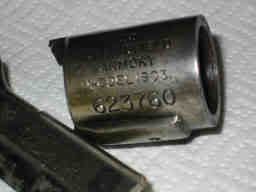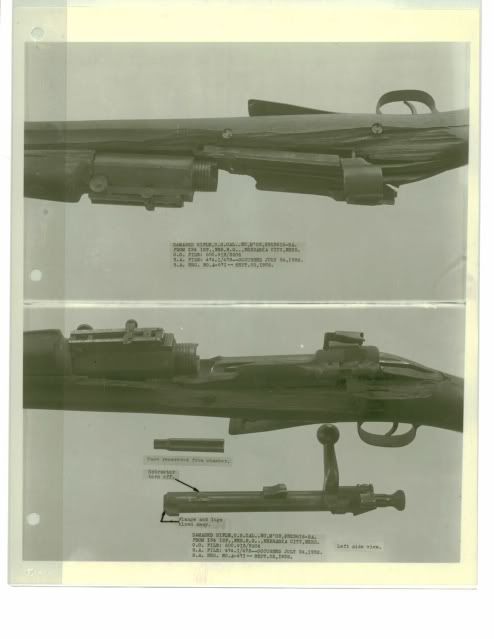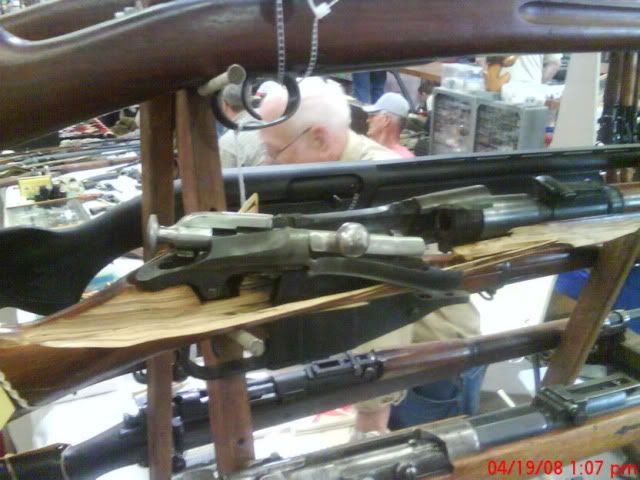tahunua001
New member
my sentiments exactly. I have a low numbered Springfield receiver manufactured in 1912, therefore by the common understanding it is considered unsafe to fire. however, it has a barrel from 1919 so it was shot so much during WWI that Springfield had to replace the barrel. if it can withstand that many rounds then I'm fairly confident that it is one of the better crafted of the low numbered rifles.







